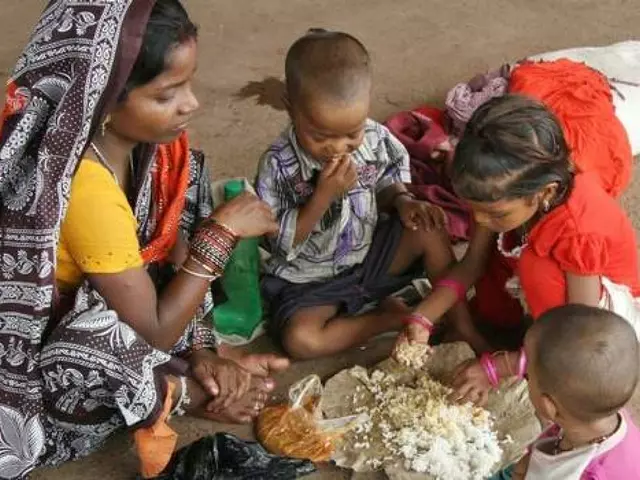History of Spanish Missions in California
Did you know that 21 stone forts still dot the California landscape, each telling a story of faith, empire, and survival? These are the Spanish missions, and they were more than just churches. They were the backbone of Spain’s push into the West, a place where priests, soldiers, and Native peoples met, clashed, and sometimes learned from each other.
Who built the missions?
The driving force behind the mission system was Father Junipero Serra, a Franciscan monk who arrived in 1769 with a handful of fellow priests. Serra and his crew set up the first mission at San Diego, followed quickly by others along the coast. While the priests handled the religious side, the Spanish military provided protection and supplied the tools to build the structures. The real labor, however, came from the local Native American tribes – the Chumash, Ohlone, Miwok, and many others – who were taught to carve stone, lay adobe bricks, and tend the fields.
Spanish soldiers also played a part, especially in defending the missions from rival powers like the British and Russians. They built forts, patrolled the roads, and kept the supply lines moving. In short, the missions were a joint effort: priests for spiritual direction, soldiers for security, and Indigenous people for the hands‑on work.
Why the missions matter today
When you walk through Mission San Juan Capistrano’s garden or stand in front of Mission Santa Barbara’s bell tower, you’re stepping into a piece of California’s early story. The missions introduced European farming techniques, livestock, and architecture that still influence the state’s culture. They also left a lasting imprint on language – many place names in California come from mission names.
At the same time, the missions were a site of hardship for Native Americans. Forced conversion, new diseases, and loss of land reshaped their lives forever. Modern historians and tribal groups work together to remember both the achievements and the pain, ensuring we get a full picture of what happened.Visiting the missions today can be a learning experience. You’ll see restored churches, museums filled with artifacts, and often live reenactments that show daily life in the 1800s. Many sites host events that celebrate both the Spanish heritage and the Indigenous cultures that survived.
If you’re planning a road trip, consider linking a few missions together. Start in San Diego, head north to Santa Barbara, then swing inland to San Luis Obispo. Each stop offers a different slice of history, from the military forts at the coast to the vineyards that grew around the mission farms.
In short, the Spanish missions are more than old buildings – they’re a window into how California was shaped. From the vision of Father Serra to the sweat of Native workers, from military defense to modern tourism, the missions tell a story that’s still relevant today. So next time you hear about California’s Gold Rush or Hollywood, remember that the missions laid the groundwork for the state’s unique blend of cultures.
The Spanish Missions of California are a series of 21 religious and military outposts that were established by Spanish Catholic priests during the late 18th and early 19th centuries. Led by Father Junipero Serra, these missions were the foundation of the Spanish colonization of California and the roots of the state's Catholic culture. The missions were built to convert local Native Americans to Christianity and teach them farming, crafting, and other skills while protecting them from external threats. Today, the missions are still standing and serve as a testament to California's unique and vibrant history.




